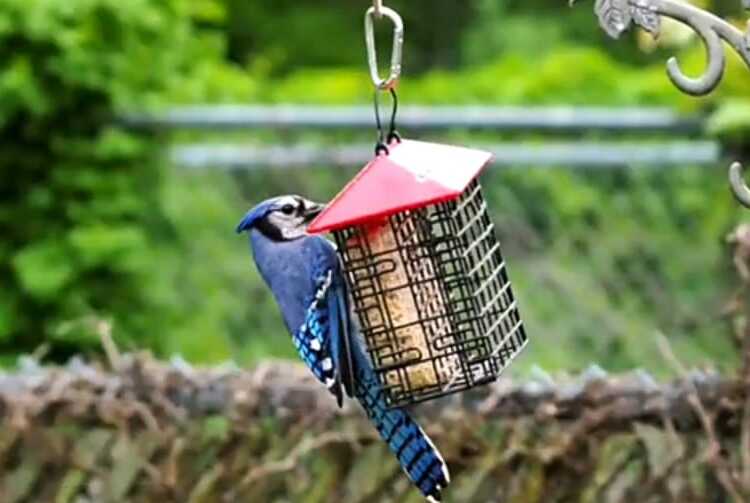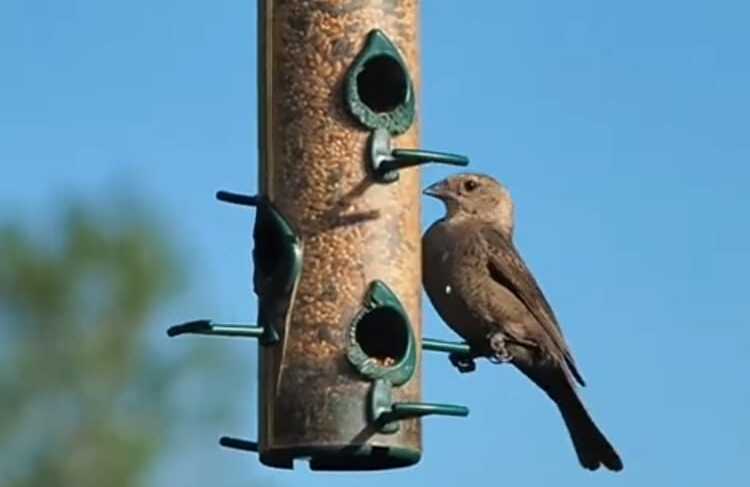Introduction
Are you deliberate about How to take care of and attract small birds? Well, Small Bird feeders are the best option they offer us a phenomenal way to attract and nourish small birds in our backyard while enjoying their beauty and lively chirping. Picking the right bird feeder, placing it in the perfect spot, and keeping it clean are all key to keeping small birds safe and healthy. In this guide, I’ll walk you through everything you need to know—from the best feeder types and ideal food to smart placement tips and easy maintenance tricks
Why Use a Bird Feeder for Small Birds?
Bird feeders provide small birds with a reliable food source, especially during harsh weather conditions. They also contribute to bird conservation efforts by offering nourishment in urban and suburban areas where natural food sources may be scarce. Additionally, watching birds visit your feeder can be a relaxing and enjoyable experience, promoting mental well-being.
Best Types of Bird Feeders for Small Birds
When selecting a bird feeder, choosing one designed for small birds is essential to prevent larger birds and squirrels from taking over. Here are some excellent options:
- Tube Feeders – These feeders feature multiple feeding ports and are great for small birds like finches and chickadees.
- Mesh Feeders – Ideal for feeding small seeds such as nyjer, attracting birds like goldfinches.
- Hopper Feeders – Enclosed feeders that keep food dry while allowing small birds to perch and feed.
- Suet Feeders – Great for attracting insect-eating birds like woodpeckers and nuthatches.
- Window Feeders – Small, suction-cup feeders that offer a close-up view of visiting birds, perfect for apartment dwellers.

Best Food for Small Birds
Choosing the right food is essential to attract small birds and keep them coming back. Here are the top food choices:
- Sunflower Seeds – A favorite among many small birds, especially chickadees and finches.
- Nyjer Seeds – Preferred by goldfinches, siskins, and redpolls.
- Suet Cakes – High-energy food perfect for winter months.
- Mealworms – Great for insect-eating birds like bluebirds and wrens.
- Millet – Loved by sparrows, juncos, and doves.
Where to Place Your Bird Feeder?
Proper feeder placement enhances bird safety and increases visitation. Here are some key placement tips:
Place multiple feeders at different heights to attract a variety of bird species.
Position feeders 5-10 feet away from bushes or trees to provide a safe escape route.
Keep feeders at least 6 feet above the ground to deter predators like cats.
Avoid placing feeders near windows to reduce the risk of bird collisions.
Use baffles or squirrel-proof feeders to prevent unwanted visitors.
How to Maintain and Clean Bird Feeders?
Regular cleaning is essential to prevent the spread of diseases and keep the birds healthy. Follow these steps:
- Clean weekly using a mild bleach solution (1 part bleach to 9 parts water).
- Scrub thoroughly to remove mold, debris, and old seed.
- Rinse well and let the feeder dry completely before refilling.
- Check for damage and replace worn-out parts to ensure bird safety.
- Rotate feeding areas to prevent the buildup of waste and bacteria.
Common Problems and How to Solve Them
Bird feeders can sometimes attract unwanted guests or face other challenges. Here’s how to tackle them:
The messy ground under the feeder? Use a seed tray or clean up fallen seeds regularly.
Squirrels stealing food? Use squirrel-proof feeders or install baffles.
Moldy seeds? Clean feeders regularly and replace old food promptly.
Too many large birds? Choose feeders designed specifically for small birds.
Are no birds visiting? Try changing the food, feeder type, or location.
Conclusion
Setting up bird feeders for small birds is a rewarding experience that benefits both the birds and their admirers. By selecting the appropriate feeder, providing nutritious food, and ensuring cleanliness, you can create a welcoming environment for various small bird species. Whether you’re a beginner or an experienced bird watcher, these tips will help you attract and enjoy the presence of delightful feathered visitors in your backyard.
Ready to start feeding small birds? Choose a feeder, fill it with the right seeds, and appreciate nature up close!
